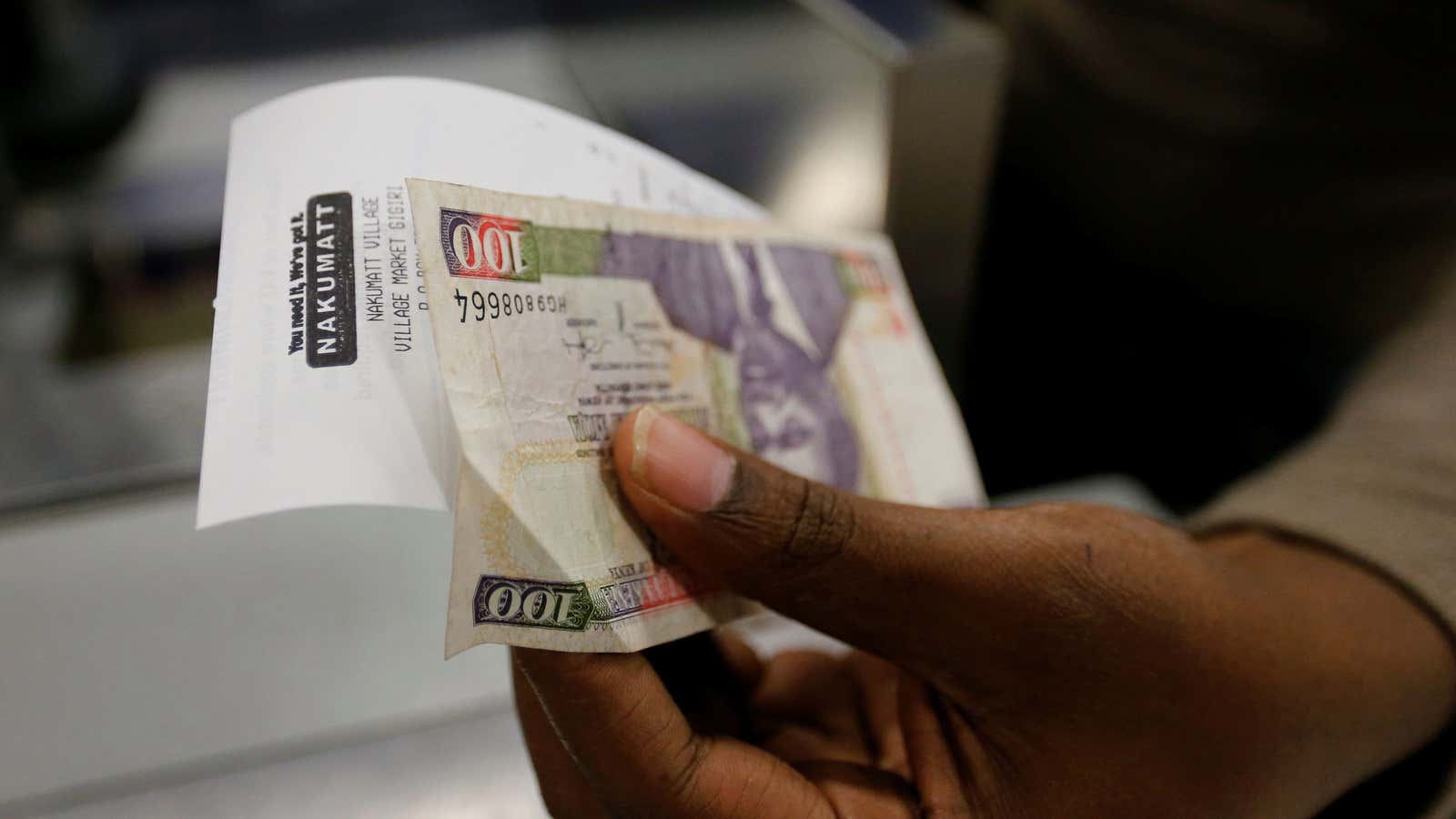In a continent as economically and politically diverse as Africa, it’s almost impossible to paint all 55 countries with the same brush or group them together easily to address nearly any important question. If you’re a large corporate entity considering entry into some of those markets, that only adds to your uncertainty.
International corporates have a vital role to play in the economic future of most African countries. Foreign direct investment into Africa is expected to have risen by 20% in 2018 to $50 billion after dropping by 21% to $42 billion in 2017, according to UNCTAD. Those corporates, particularly the newcomers to Africa, will be keen to understand which markets are the best ones to make their bets.
There is no simple or straightforward way to answer the question of where to open shop or invest. One big reason: It’s difficult to work out the metrics. The data that matter most varies from investor to investor. In the fast-evolving world of finance, even established broad measures like gross domestic product are being challenged, particularly in the African context where the informal market often gets underestimated or overlooked.
From a corporate perspective the question is often about where to expand operations and how to navigate the pitfalls of unfamiliar markets. This is particularly crucial in African countries keen to attract foreign direct investment. The World Bank’s Ease of Doing Business index has become a useful tool to help manage corporate expectations. And now a new metric takes a different global approach, grouping countries based on the complexities of their business environments rather than their geographical proximity.
The Global Markets Complexity Index (GMCI), developed by Wilson Perumal, assesses 83 countries across 31 measures of market, operational, and regulatory complexity, and puts them into eight groups with “distinct complexity profiles.”
By the index’s definition, market complexity refers to the ease (or lack of) in reaching target customers and converting them to actual sales. Operational complexity addresses the ability of companies to produce and deliver goods and services. Then there’s the complexity of sticking to both financial and regulatory requirements.
“One thing we’ve seen is a lot of large companies really struggle as they expand to newer geographies, they end up creating more costs risks and end up not growing the top line as much as they intended,” says Stephen Wilson, whose firm Wilson Perumal specializes in advising private equity firms and corporates.
The GMCI is not a measure of economic health or a developmental index of any country, the authors stress. So just because an economy is big and successful, like that of the US, doesn’t necessarily mean it’s a less-complex. In fact, the world’s 20 largest economies are spread over Groups 1 to 6 on the index.
So in Group 1 (“MVPs”) you have countries like the US and Australia, while India, Kenya and South Africa are in Group 6 (“The Builders”). Nigeria, Zimbabwe, Pakistan and Bangladesh are in Group 8 (“Only the Brave”).
Perhaps unsurprisingly, the sub-Saharan countries on the list are in the more complex markets, Groups 5 to 8. The key challenge in many of these economies is regulatory, as seen in the dangers of having too much—or too little regulation—in unpredictable environments vulnerable to corruption and bias.
Sign up to the Quartz Africa Weekly Brief here for news and analysis on African business, tech and innovation in your inbox
